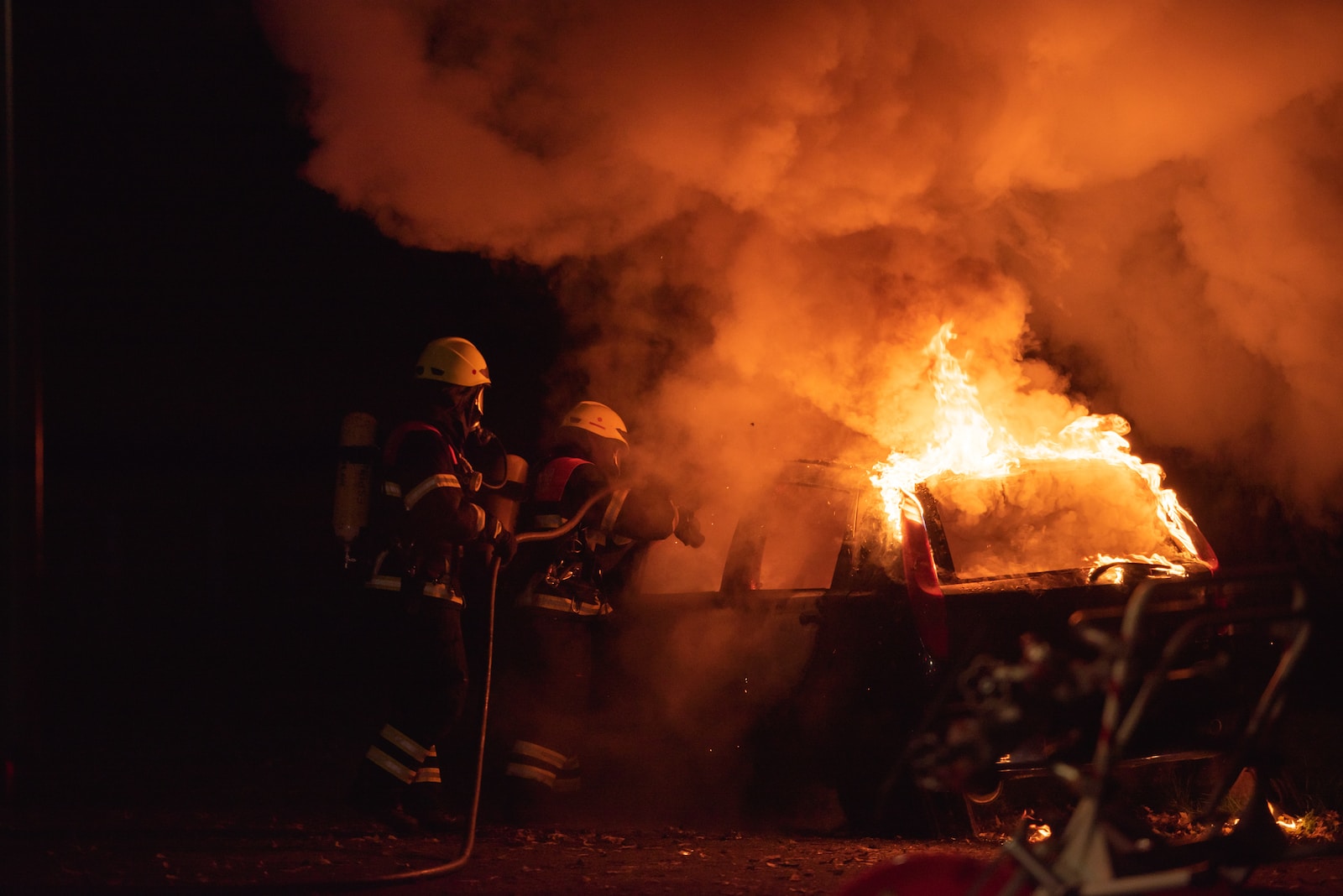Table of Contents
ToggleIntroduction
Firefighters are exposed to many hazards on the job, but one of them may be more dangerous than you think. A new study has found a link between firefighting foam and testicular cancer, a rare but aggressive form of cancer that affects mainly young men.
What is firefighting foam and why is it harmful?
Firefighting foam, also known as aqueous film-forming foam (AFFF), is a substance that is used to extinguish flammable liquid fires, such as oil and gasoline. It creates a thin layer of water that prevents oxygen from reaching the fire, thus smothering it.
However, firefighting foam contains chemicals called per- and polyfluoroalkyl substances (PFAS), which are known to be persistent, bioaccumulative, and toxic. PFAS can leach into the environment and contaminate water, soil, and air. They can also enter the human body through ingestion, inhalation, or skin contact.
PFAS have been linked to various health problems, such as:
- Hormone disruption
- Immune system dysfunction
- Liver and kidney damage
- High cholesterol
- Thyroid disease
- Ulcerative colitis
- Pregnancy complications
- Low birth weight
How does firefighting foam cause testicular cancer?
Testicular cancer is a type of cancer that develops in the testicles, the male reproductive organs that produce sperm and testosterone. It is relatively rare, affecting about 1 in 250 men in their lifetime. However, it is more common among young men between the ages of 15 and 35.
The exact causes of testicular cancer are not fully understood, but some risk factors include:
- Family history
- Undescended testicle
- HIV infection
- Exposure to certain chemicals or radiation
According to a new study published in the journal Environmental Health Perspectives, exposure to firefighting foam may be another risk factor for testicular cancer. The study involved 1,213 male firefighters from Florida who were followed for an average of 10 years. The researchers measured their levels of PFAS in their blood and compared them with their incidence of testicular cancer.
The results showed that firefighters who had higher levels of PFAS in their blood were more likely to develop testicular cancer than those who had lower levels. Specifically, firefighters who had the highest levels of PFHxS, a type of PFAS found in firefighting foam, had a 4.2 times higher risk of testicular cancer than those who had the lowest levels.
The researchers also found that firefighters who had used firefighting foam more frequently or for longer periods were more likely to have higher levels of PFAS in their blood. This suggests that firefighting foam is a major source of PFAS exposure for firefighters.
What can firefighters do to protect themselves from firefighting foam?
The study’s findings highlight the need for more awareness and prevention measures to protect firefighters from the harmful effects of firefighting foam. Some of the steps that firefighters can take include:
- Wearing proper personal protective equipment (PPE, buy on Amazon) when handling or using firefighting foam
- Washing hands and face thoroughly after exposure to firefighting foam
- Removing contaminated clothing and gear as soon as possible after exposure to firefighting foam
- Laundering contaminated clothing and gear separately from other items
- Avoiding drinking or cooking with water that may be contaminated by firefighting foam
- Seeking medical attention if they experience any symptoms of testicular cancer, such as:
- A lump or swelling in the testicle
- A change in the size or shape of the testicle
- A feeling of heaviness or pain in the scrotum or lower abdomen
- A dull ache in the back or groin
Firefighting is a noble and heroic profession, but it also comes with many risks. Firefighters should be aware of the potential dangers of firefighting foam and take precautions to reduce their exposure and protect their health.








1 thought on “How Firefighting Foam Can Increase Your Risk of Testicular Cancer”
Pingback: How PFAS Chemicals Are Harming Your Health and What You Can Do About It - Sustainability Awakening